
Bags imported or manufactured for sale in the European Union are subject to various regulations covering chemicals, labelling, and other requirements. Non-compliant bags may, for example, contain lead or phthalates above the set limits.
In this guide, we explain how the REACH regulation, General Product Safety Regulation, and Textiles Labelling Regulation relate to bags sold in the European Union.
Content Overview

FREE CONSULTATION CALL (30 MIN)
 Ask questions about compliance requirements
Ask questions about compliance requirements Countries/markets:
Countries/markets:
 Learn how we can help your business
Learn how we can help your business
You will speak with:Ivan Malloci or John Vinod Khiatani
REACH Regulation
The REACH Regulation sets restrictions on certain substances used to manufacture a broad range of consumer products sold in the EU, including bags.
You may need to get the materials and components lab tested to verify that these do not contain banned substances or restricted substances above the permitted limits.
Annex XVII (Restricted Substances)
Annex XVII to REACH lists substances that are either restricted or banned, including in textile and leather products. Here are some examples of these substances
a. Azocolourants and Azodyes – restricted to 30 mg/kg (0.003 % by weight) in textiles or leather used in handbags and other products
b. Nonylphenol ethoxylates (NPE) – restricted to 0.01% in textiles expected to be washed in water
c. Tris (2,3 dibromopropyl) phosphate – banned in textiles that may be in contact with the skin
Note that Annex XVII also restricts some substances in articles in general. This is, for example, the case of some phthalates, such as DEHP, BBP, DBP, and DIBP, which are restricted to 0.1% by weight of plasticised material.
SVHC List
The Substances of Very High Concern (SVHC) List contains substances that can negatively and permanently affect human health and the environment. You need to notify ECHA via the SCIP database if your product contains more than 0.1% of a certain SVHC.
Here are some substances listed on the SVHC List that can be found in materials used to manufacture bags:
a. Reactive Brown 51 – can be found in products with material based on fabrics, also used to manufacture textiles and leather
b. Bumetrizole – can be found in textiles and leather
Persistent Organic Pollutant Regulation
The Persistent Organic Pollutants (POPs) Regulation sets restrictions on POPs and materials that may contain POPs, such as textiles used to manufacture bags. According to ECHA, POPs are bioaccumulative and can harm human health and the environment.
Here are two examples of restricted substances that can be found in textiles:
a. PFOS – Can be used to repel oil, water, and dirt, and is restricted to less than 0.1% by weight in textiles
b. Hexabromocyclododecane (HBCDD) – used as a flame retardant, and restricted to 100 mg/kg (0.01% by weight) in textiles
You generally need to get your bags tested to ensure that they do not contain restricted substances.
Textile Labelling and Fibre Composition Regulation
The Textile Labelling and Fibre Composition Regulation sets labelling requirements for textile products, including bags. The regulation generally requires you to:
a. Specify the fibre composition on the label, and
b. Specify whether your product contains non-textile parts of animal origin
Specifically, if your bag is made of textile materials, you need to indicate its fibre composition on the label (e.g. 75% wool, 15% polyamide, 10% mohair).
Additionally, if your textile product contains non-textile parts of animal origin, such as leather, then you should use the phrase “Contains non-textile parts of animal origin” on the label or the product.
You should permanently attach the textile label to your product. The label should be visible, durable, and readable.
General Product Safety Regulation
The General Product Safety Regulation sets safety requirements for consumer products, including bags. This section lists standards and regulatory requirements.
Product standards
Products that comply with harmonised or other product safety standards are generally deemed to be compliant with the GPSR. We could not find harmonised standards specific to bags. However, there are other standards that may be applicable.
For example, some brands opt to comply with EN 71-1 – Safety of toys – Mechanical and physical properties to ensure that children’s bags are safe to use (e.g. they do not contain sharp edges or contain small parts).
Labelling requirements
The regulation generally requires you to provide:
a. Traceability information
- Product type, batch, or serial number
- Manufacturer name, registered trade name or registered trade mark
- Postal and electronic address
b. Safety instructions, warnings, and age suitability (the latter may be relevant for children’s bags)
Documentation
The GPSR also sets documentation requirements:
a. Draw up the technical documentation, containing:
- General description of the product
- Essential safety characteristics
- Analysis of risks and solutions for mitigating those risks
- Test reports
- List of relevant harmonised standards you used
b. Draw up instructions and safety information
Note that the regulation requires you to provide your technical documentation to the authorities upon request.
Register of complaints
The regulation requires you to have an internal register of complaints. You should use the data in this register to investigate complaints about the alleged dangers of your product.
Deforestation Regulation (EUDR)
The EU Deforestation Regulation (EUDR) covers products made using the commodities listed in Annex I, such as leather of cattle, which may be used to manufacture bags.
Due Diligence Requirements
The regulation generally mandates that companies should:
a. Exercise due diligence, which in turn requires:
- Collection of information and data (e.g. trade name and type of product)
- Performance of risk assessments (e.g. consulting with indigenous peoples)
- Implementation of risk mitigation measures (e.g. performing third-party surveys)
b. Provide a due diligence statement that contains the following information:
- Operation information (e.g. company name and address)
- Product information (e.g. Harmonised System code)
- Country of production and plot geolocation (e.g. establishments where cattle were kept)
- Reference number of an existing due diligence statement (if applicable)
- The due diligence statement text (i.e.: “By submitting this due diligence statement […]”)
- Signature, including date, name, and function
c. Retain your due diligence documentation and provide it to the authorities upon request.
Entities and country risk classifications
Note that some requirements in the EUDR differ depending on the type of entity and the country risk classification.
a. Small and medium enterprise (SME) operators and traders are subject to different requirements.
b. Products originating from countries that are deemed low-risk are subject to requirements less stringent than products originating from countries that are deemed to be standard-risk, or high-risk.
You can find more details in our guide about the EU Deforestation Regulation (EUDR).
Bag testing companies
Here are several examples of companies that claim they can provide bag testing services:
- Intertek
- SGS
- STC
- Bureau Veritas
- QIMA
Recalls and compliance risks
Failure to comply with regulatory requirements can result in unsafe products posing risks and facing recalls. For instance, phthalates in the plastic components of bags may damage the reproductive system.
This section lists three examples of recalled bags, as featured on the EU’s Safety Gate.
Toiletry bag
This product was recalled for violating the REACH Regulation and the Persistent Organic Pollutants (POPs) Regulation.
The plastic material was found to contain excessive amounts of phthalates, heavy metals, and other substances. The European Commission indicated on Safety Gate that the product was withdrawn from the market.
Children’s bag
This product was recalled for violating both the REACH Regulation and the Persistent Organic Pollutants (POPs) Regulation.
The product’s plastic material was found to contain excessive amounts of phthalates and other restricted substances. The European Commission indicated on Safety Gate that the product was removed from an online marketplace.
Cosmetic bag
This product was recalled for not complying with the REACH Regulation.
The plastic material on the product’s handle was found to contain an excessive concentration of phthalates. The European Commission indicated on Safety Gate that the product listing was removed from the online marketplace.

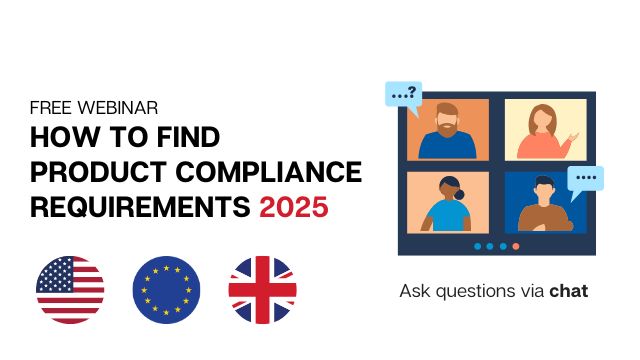
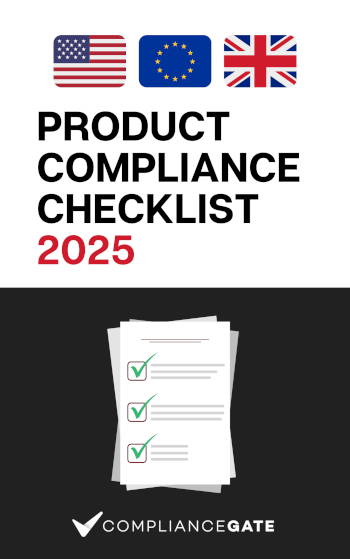




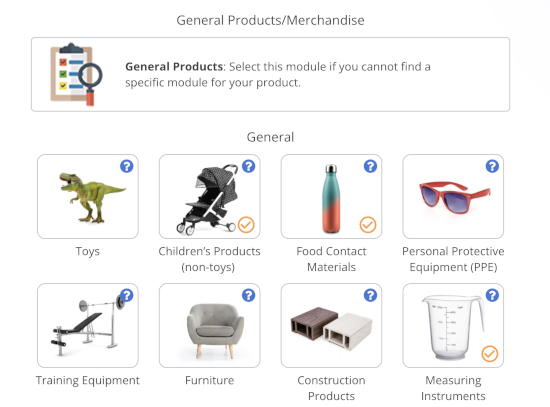






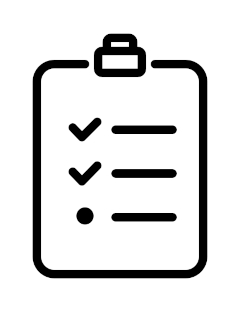


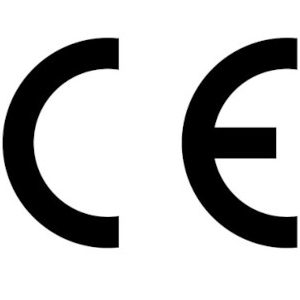




.png)
.png)
.png)
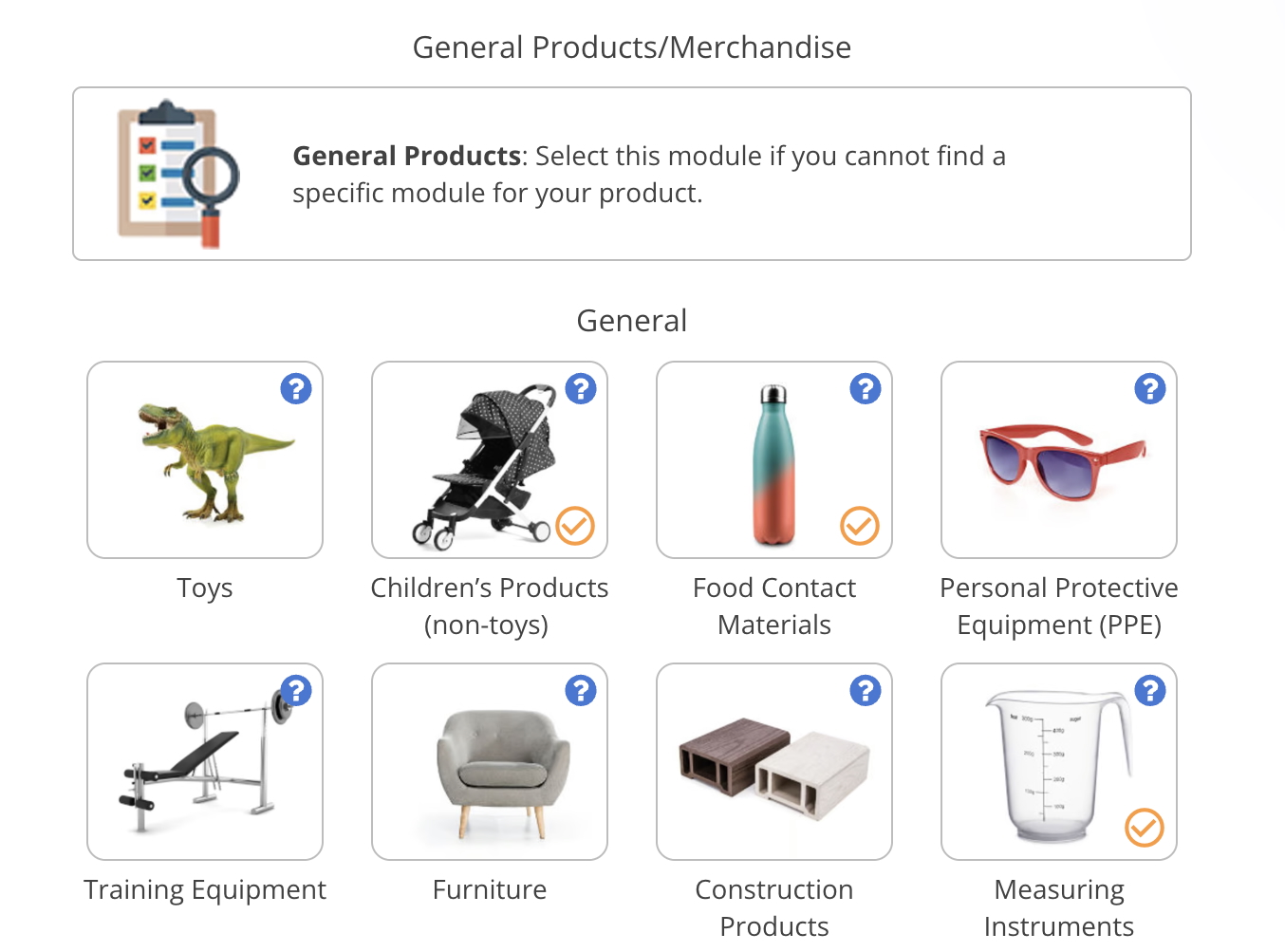


what are the requirements for exporting bags – ladies fashion real leather bags and PU bags
what test are required what are these test all about